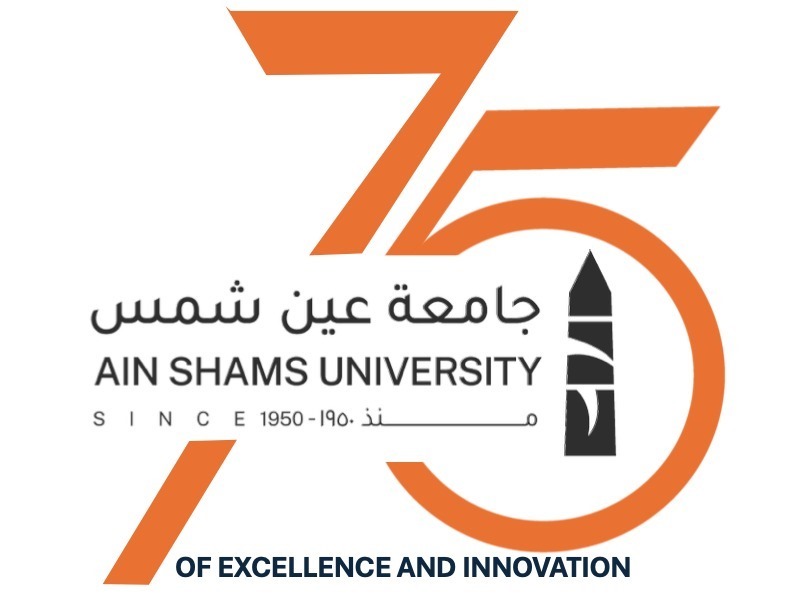Master of Science in Biochemistry
2021-10-191st. Semester Courses
Bio. chem. 611 Immunology
The immune system - Types of antigens, synthesis of antibodies and theories of Ig biosynthesis - Types of immune response - Hyper sensitivity and auto immune disease.
Bio. chem. 612 Carbohydrate and Lipid Metabolism
(a) Carbohydrate Metabolism: Glycolysis as preparative glucose metabolism - Extraordinary needs for ATP - Endogenous and exogenous sources of energy - Genetic control and disorders - Critical hormonal control of gluconeogenesis and homeostasis - Multifunctional aspects of citric acid cycle - Interrelationships between citric acid cycle - One-Carbon and two carbom-metabolisms - Biphasic capacity of pentose phosphate pathway - Genetic deficiency - Galactosemia and pentosuria - Glycogen metabolism - A cyclic AMP cascade coordinately controls glycogen synthesis and breakdown.
(b) Lipid Metabolism: Metabolism of lipoproteins – Phospholipids - Glycolipids and cholesterol - Disorders of lipid metabolism - Prostaglandins - Synthesis inhibitors and physiological function - Coronary heart disease.
Bio. chem. 613 Instrumental analyses
General Concepts: Amino acid analyzer - Electrophoresis - Chromatographic techniques - Ion selective electrodes and types of membranes - Flow cytometry - I.R. and U.V. spectrophotometers - Turbidimetry and nephlometery.
Bio. chem. 614 Molecular Biology
DNA (structure - replication in prokaryotes and eukaryotes - DNA fingerprinting - Telomerase and cancer - Human genome project) – RNA (Structure – Types - Transcription in prokaryotes and eukaryotes - Heat shock genes - Modification - Effect of - amanitin) - Protein synthesis (Translation in prokaryotes and eukaryotes - Modification - Molecular chaperones) - Regulation of gene expression in prokaryotes - Regulation of gene expression in eukaryotes: Gene amplification - Aberrant gene rearrangements – Transcriptional - Post- transcriptional and translational regulation - SLE disease and RNA processing - Molecular analysis of some inherited disorders: Thalassemia’s -
Sickle cell anemia - DMD – CF - - antitrypsin deficiency - Hypercholesterolemia - Hemophilia’s A and B - Gene probes - Restriction fragment length polymorphisms (RFLP’s) and diagnosis of human disease -Genetic screening: Neonatal (PKU, CHT , galactosaemia and biotinidase deficiency) - Prenatal screening - Aminoacidopathies and mental retardation - Gene therapy.
Bio. chem. 615 Radio Biology
Radiation in every day life – Radiatin and health – Facts about low level radiation – Nuclear physics concepts – Radioactivity counting systems – Interaction of radiation with living cells – Radiation protection and nuclear safety – The decision to use a radioisotope – Radioisotope applications in biology – Radioisotope applications in medicine – Radioimmunoassay and related producers – Management of internal radioactive contamination.
2nd. Semester Courses
Bio. chem. 616 Cancer Biology
Cell growth and control of cell cycle - Apoptosis – Carcinogenesis - Metabolic activation of chemical carcinogens - Methods of testing carcinogens – Promoters and mode of action - Viruses and cancer – Viral and cellular oncogenes - Activation of protooncogenes – oncogenes products - Tumor suppressor genes – Check point control genes - Growth factors - G.F receptors and oncogenes.
Bio. chem. 617 Enzymes, Amino Acids and Proteins
(a) Enzymes: Overall concept – Determination of molecular weight – Determination of amino acid composition – Determination of primary structure - Determination of secondary and tertiary structure - Determination of quaternary structure.
(b) Amino acids: Amino acid composition of proteins. – Charge and chemical properties of amino acids and proteins - Determination of the isoelectric pH - Amino acids and proteins can be separated based on PI values.
(c) Proteins: Plasma proteins in diagnosis of disease - Primary structure of proteins – Differences in primary structure of Insulin’s used in treatment of diabetes mellitus – Higher levels of protein organization – Types of proteins – Fibrous proteins – Collagen Elastin - Keratin and tropomyosin - Globular proteins – Hemoglobin and myoglobin.
Bio. chem. 618 Quality Control and Biostatistics
(a) Quality Control: Quality control requirements (Definition and metrology – Quality – Quality elements – Accuracy and precision – Bias and statistical calculus) – Analytical method in relation to the quality of methodology (Definitive method – Reference method – Routine method – Calibration) – Pre analytical factor affecting analytical quality (Exogenous – Endogenous – Genetic – Laboratort) – Internal quality control stages (Optical conditions variance – Routine conditions variance of known value - Routine conditions variance of unknown value – Evaluation of patients results – Introduction to external quality assessment.
(b) Biostatistics: Tests of hypotheses (Testing the difference between two population means and two population proportions) - Analysis of variance (One and Two ways) – Chi- Square tests and applications – Non–Parametric statistics (Wilcoxon and Kruskal – Wallis tests - Multiple linear regression.
Bio. chem. 619 Genetic Engineering
The role of genes within cells – Methods of creating recombinant DNA molecules – Cloning vectors – The isolation of cloned genes – The unexpected complexity of eukaryotic genes – In vitro mutagenesis – Rearranging germline DNA segments to form antibody genes – Movable genes (transposons) – Genetic engineering of plants by using crown gall.
Bio. chem. 620 Hormones
Mechanisms of hormone action - Hormone receptors - Feedback mechanisms - Endocrine and neurotransmission - Disorders of endocrine system - Thyroid gland - Calcium and bone metabolism - Adrenal glands (medulla and cortex) - The endocrine brain and pituitary gland - Pancreatic hormones - Endocrinology of the female - Endocrinology of the male – Puberty - Thymus gland - Geriatric endocrinology - Gastrointestinal hormones - Prostaglandin - Endocrine hypertension - Obesity - Hormones and cancer.


.svg)
